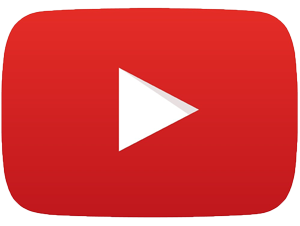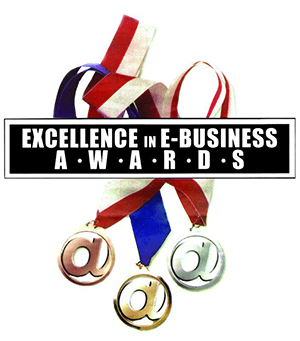An Overview of URL Slug Best Practices

An optimized webpage has more than just keyword-rich content. Here’s how to tweak your URL slug for SEO!
Perfectly optimized content contains more than just keyword-rich copy. Every aspect of the webpage needs to be fine-tuned—from meta data, to alt text of images, to backlinks. Another critical component of optimizing your content for search is what’s known as a URL slug. Today, we’ll explain what a slug is, why it’s important, and review some URL slug best practices for your SEO.
What’s a URL Slug?
The slug is the portion at the end of your URL, typically coming after the penultimate forward slash. It generally refers to the content of that particular page. On this page, for instance, the slug is simply ‘url-slug.’ If a slug contains more than one word, we separate the individual words with a dash.
A clear and concise slug doesn’t just make it clear to your audience what the page is about. It’s one of the best tools at your disposal for boosting SEO. Optimizing your slug isn’t difficult in the slightest, but it does require some knowledge of URL slug best practices. You should notice a marked improvement in your SERP rankings if you follow these guidelines!
Use Your Keyword!
You already know to include your keyword in your title, introductory paragraph, and peppered throughout the body of your text. Less commonly known is the fact that your meta description and the alt texts of your images should contain your keyword as well. This may seem obvious, but you’ll want to include your keyword in your slug, too!
Keep it Brief
Brevity is the soul of wit. Your URL slug might not be the place to be witty, but it is a good place to be brief. As a rule of thumb, you want to keep your slug as short as possible while still being helpful to your reader.
On this page, we could have simply made the slug, well, ‘slug.’ But that would be misleading. We don’t want to attract gastropod enthusiasts. On the other hand, ‘overview-of-url-best-practices’ would be too wordy. But ‘url-slug’ will work just fine.
Leave it Lowercase
As one final word of caution, make sure your slug is lowercase. You might think that slugs automatically default to lowercase, but this isn’t true. You’ll run into uppercase slugs on such popular sites as Twitter, YouTube, or Wikipedia. But it’s more than just convention that dictates your slugs should remain lowercase; mixing uppercase and lowercase letters is a great way to end up with duplicate pages.
If you keep these URL slug best practices in mind, you’ll have no problem crafting simple slugs that help drive traffic to your site.
Contact Adventure Web Interactive Today
For more tips on how to optimize your web content and drive more traffic to your website, follow our blog. Adventure Web Interactive offers expert marketing solutions, including blog and copywriting and social media management. Take the stress of planning, posting, and plotting off of your team and contact us online or by giving us a call at (410) 788-7007. To see more information about our team and services, follow us on Facebook, Twitter, YouTube, and LinkedIn.


















